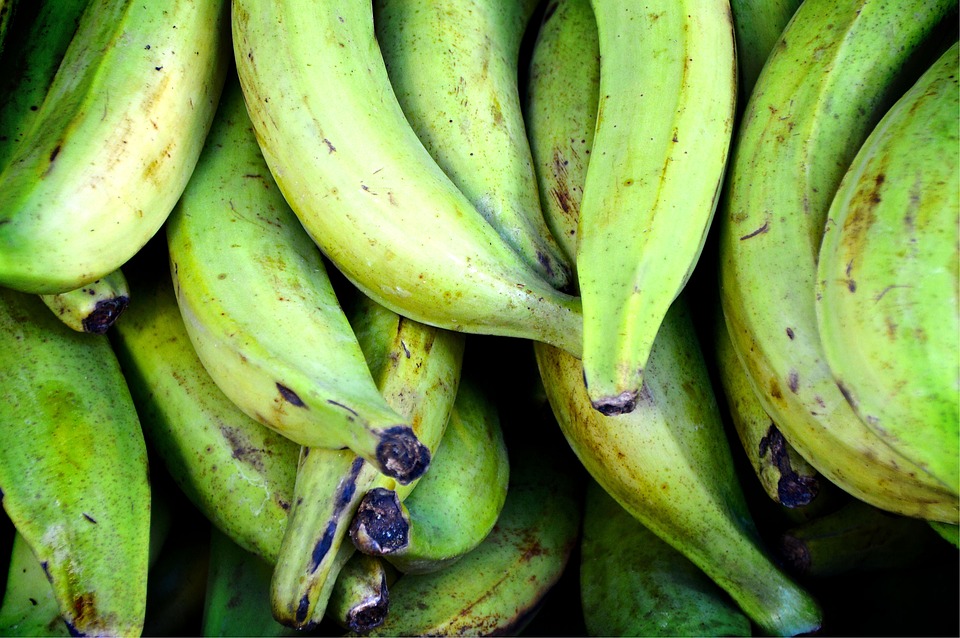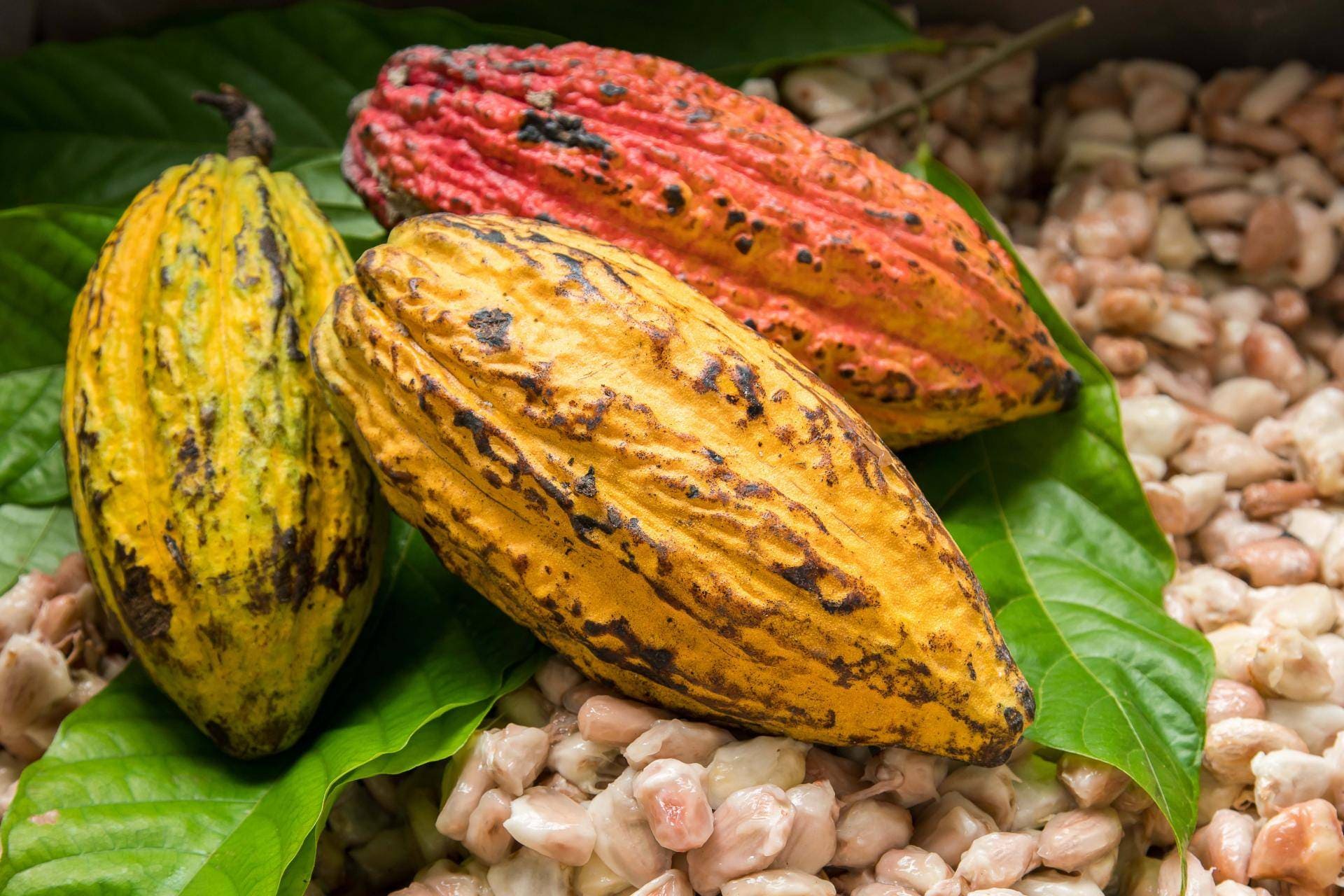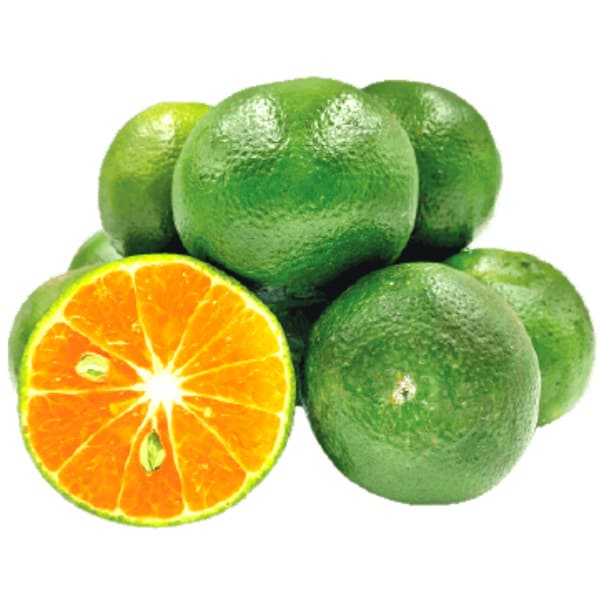Plantains
What Are Plantains?
They look like large bananas. They are technically fruits, but much like the tomato and unlike the banana, they are eaten and cooked as if they were a vegetable. Harder to peel (especially when green) than bananas, it cannot be eaten raw. They must be cooked and are an important part of Central and South American, Caribbean, African, and Southeast Asian cuisines.
They are very versatile and typically inexpensive. They are always ready for cooking no matter what stage of ripeness—green, yellow, or black—and used in a variety of dishes, from appetizers to desserts. They just need to be peeled when raw.
Think of cooking plantains as you would potatoes. When Peeled they may be baked, boiled, fried, grilled, or steamed. When fully ripened, you can also bake them in their skins at 375 F for 45 to 50 minutes. Serve them seasoned with salt, pepper, and a pat of butter.
What Does It Taste Like?
When green, they are bland and starchy, much like a yuca root or potato. Medium ripe plantains are yellow or yellow dappled with black, and they are slightly sweet. When the skins have turned almost black, they are fully ripe, aromatic, and sweet.





Reviews
There are no reviews yet.